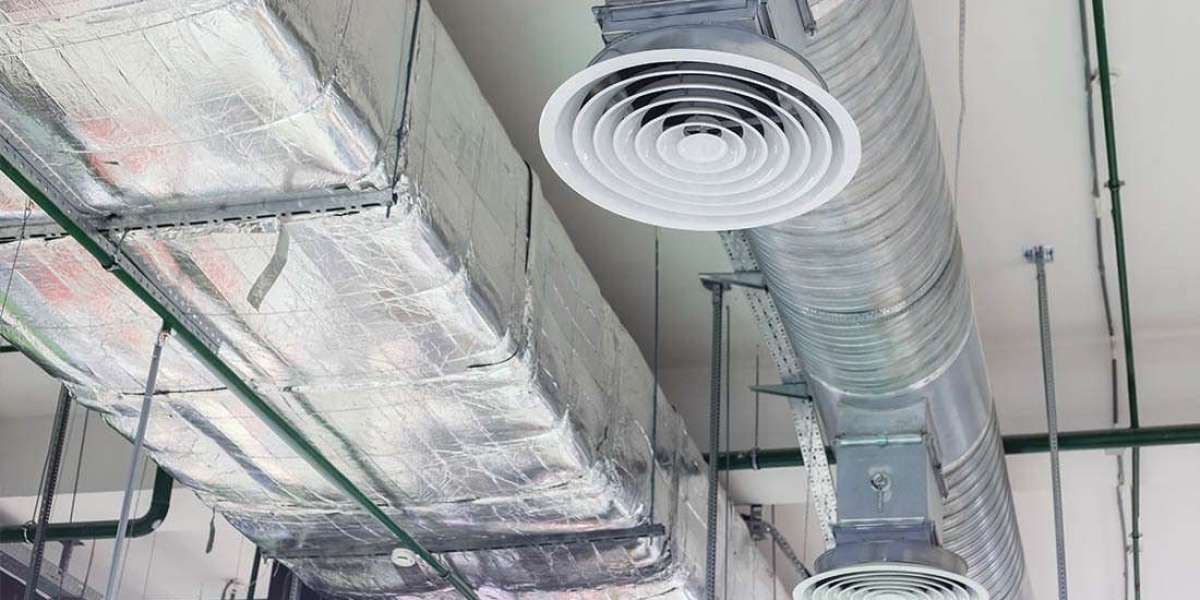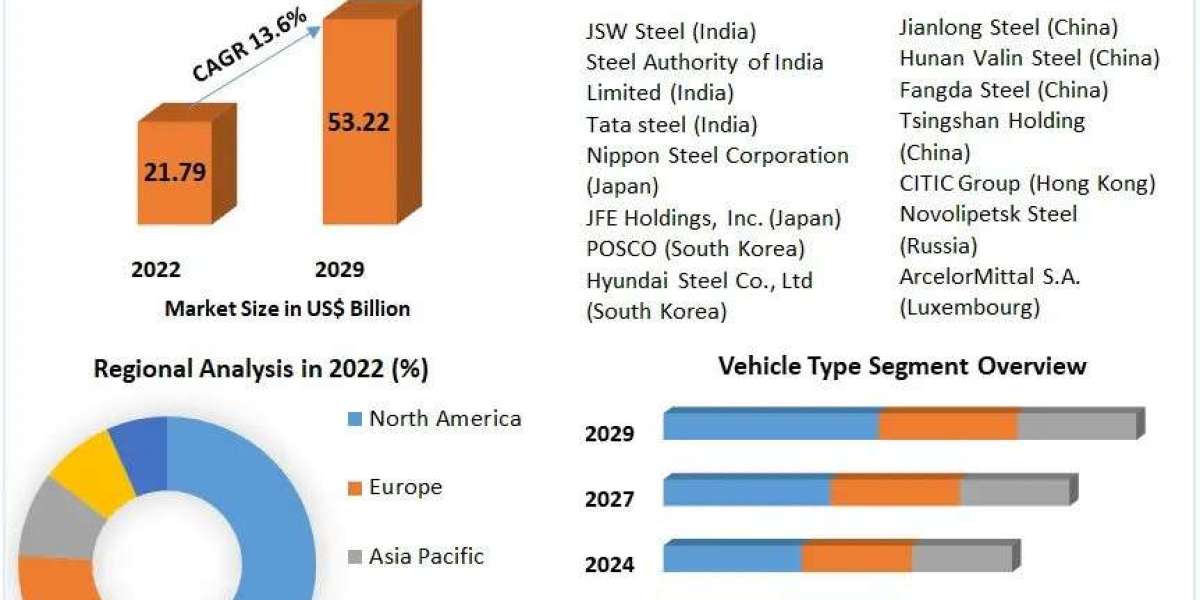Heating, Ventilation, and Air Conditioning (HVAC) systems play a crucial role in maintaining comfortable and healthy indoor environments. The design of an HVAC system is a complex task that requires careful planning, consideration of various factors, and adherence to standards and regulations. This article delves into the key aspects of HVAC system design, ensuring a comprehensive understanding for those looking to optimize indoor climate control.
Understanding HVAC System Components
An HVAC system comprises several critical components, each serving a unique function. These components include:
- Heating Units: These are responsible for raising the indoor temperature to comfortable levels. Common types include furnaces, boilers, and heat pumps.
- Ventilation Units: These units ensure the circulation of fresh air within the indoor environment, removing contaminants and maintaining air quality.
- Air Conditioning Units: These systems cool the air to provide comfort during warm periods. They typically include components like compressors, evaporators, and condensers.
Key Considerations in HVAC System Design
Load Calculation
The first step in HVAC system design is performing a load calculation. This process determines the heating and cooling requirements of a space. Factors influencing load calculation include:
- Building Size and Layout: Larger buildings require more powerful systems.
- Insulation Quality: Well-insulated buildings retain heat better, affecting heating and cooling loads.
- Occupancy Levels: More occupants generate more heat and require better ventilation.
Accurate load calculations ensure the HVAC system is neither undersized nor oversized, both of which can lead to inefficiencies and higher costs.
Energy Efficiency
Energy efficiency is a crucial consideration in modern HVAC system design. An energy-efficient system not only reduces operational costs but also minimizes environmental impact. Key strategies for enhancing energy efficiency include:
- Using High-Efficiency Equipment: Selecting units with high Seasonal Energy Efficiency Ratio (SEER) or Annual Fuel Utilization Efficiency (AFUE) ratings.
- Implementing Smart Controls: Utilizing programmable thermostats and advanced control systems to optimize performance.
- Incorporating Renewable Energy Sources: Integrating solar panels or geothermal systems can further reduce energy consumption.
Indoor Air Quality
Indoor air quality (IAQ) is another vital aspect of HVAC system design. Poor IAQ can lead to health issues and discomfort. To ensure high IAQ, designers should focus on:
- Proper Ventilation: Ensuring adequate fresh air supply and exhaust.
- Filtration: Using high-quality air filters to remove pollutants.
- Humidity Control: Maintaining optimal humidity levels to prevent mold growth and discomfort.
Zoning and Ductwork Design
Zoning
Zoning divides a building into different areas, each with its own climate control. This approach enhances comfort and energy efficiency. Zoning involves:
- Separate Thermostats: Installing individual thermostats for each zone.
- Dampers: Using dampers in ductwork to control airflow to different zones.
- Variable Speed Units: Employing HVAC units that can adjust their output based on the zone's requirements.
Ductwork Design
Efficient ductwork design is critical for effective HVAC system performance. Key principles include:
- Minimizing Duct Length: Shorter ducts reduce air loss and improve efficiency.
- Proper Sizing: Correctly sized ducts ensure adequate airflow without excessive pressure.
- Insulating Ducts: Insulated ducts prevent energy loss and maintain air temperature.
Sustainable HVAC System Design
Sustainability is increasingly important in HVAC system design. Sustainable practices not only benefit the environment but also enhance system longevity and performance. Key sustainable strategies include:
Utilizing Renewable Energy
Integrating renewable energy sources like solar panels or geothermal heat pumps can significantly reduce the carbon footprint of HVAC systems. These systems harness natural energy, providing an eco-friendly alternative to traditional heating and cooling methods.
Implementing Energy Recovery Ventilation
Energy recovery ventilation (ERV) systems capture and reuse energy from exhausted air to precondition incoming fresh air. This process enhances energy efficiency and maintains indoor air quality.
Adopting Green Building Standards
Following green building standards such as LEED (Leadership in Energy and Environmental Design) can guide the design of sustainable HVAC systems. These standards provide benchmarks for energy efficiency, IAQ, and overall sustainability.
Advances in HVAC Technology
Technological advancements are continually shaping HVAC system design. These innovations offer improved efficiency, control, and comfort. Notable advancements include:
Smart HVAC Systems
Smart HVAC systems use advanced sensors, connectivity, and automation to optimize performance. Features of smart systems include:
- Remote Control: Users can adjust settings via smartphones or computers.
- Predictive Maintenance: Systems can alert users to potential issues before they become significant problems.
- Energy Optimization: Smart systems can learn user preferences and adjust operations for maximum efficiency.
Variable Refrigerant Flow (VRF) Systems
VRF systems provide precise control over temperature in different zones by varying the flow of refrigerant. These systems are highly efficient and adaptable, making them suitable for various building types.
Advanced Filtration Technologies
New filtration technologies, such as ultraviolet (UV) light and high-efficiency particulate air (HEPA) filters, enhance indoor air quality by effectively removing contaminants and pathogens from the air.
Conclusion
Designing an efficient and effective HVAC system requires careful consideration of numerous factors, including load calculations, energy efficiency, indoor air quality, and sustainable practices. By integrating modern technologies and adhering to best practices, HVAC designers can create systems that provide optimal comfort, health, and efficiency. As advancements in technology continue, the future of HVAC system design promises even greater innovations and improvements.







